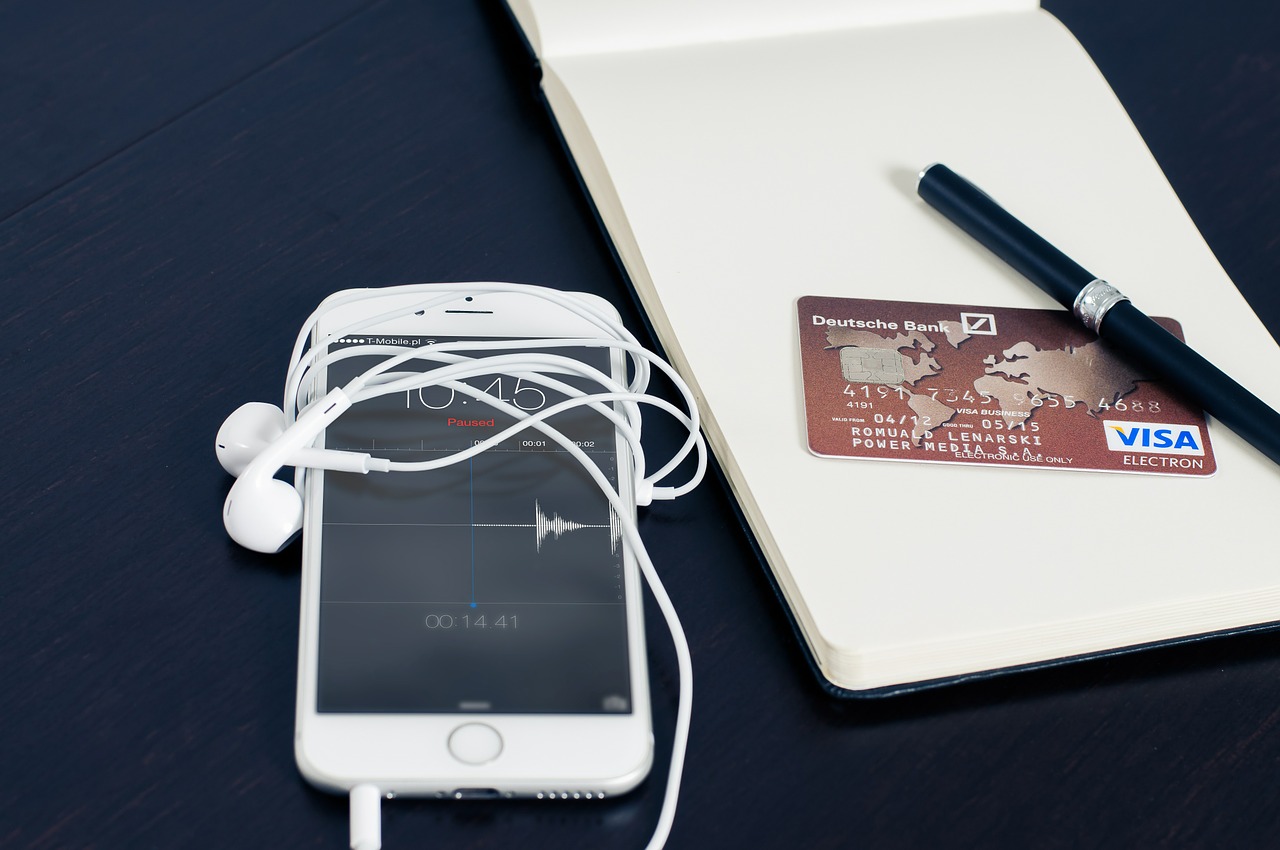At the heels of Visa’s decision to move to contactless cards in the U.S., MasterCard is following suit.
As the momentum for contactless payments grows, MasterCard sought and received commitments from issuers to produce contactless cards within the next two years. Those issuers include Citibank, Capital One, KeyBank, Santander and HSBC. It also is working with FIS to bring contactless payments to smaller banks.
The latest announcement by MasterCard means contactless cards are here, and merchants should get ready to embrace them.
What Is a Contactless Payment?
A contactless payment is a type of transaction that does not require a consumer’s payment device and a point-of-sale terminal to have any physical contact. Instead, a shopper holds a contactless card, dual-interface chip card, NFC-enabled smartphone, or wearable about an inch away from a terminal. The payment account information is transmitted wirelessly over radio frequency (RF). Contactless transactions are cryptographically secure and generate a unique code for each transaction.
Some History on Contactless Payments
For the last 10 years, contactless payments have been used successfully around the world, including in the UK and Poland. Though payment networks have been touting the praises of this technology in the U.S. since 2005, adoption there has been slow. The lack of contactless-enabled cards and point-of-sale (POS) terminals impeded migration, which never allowed the technology to take off. Well, that’s until now.
Contactless technology is in the spotlight because of the convenience and security it offers. The desire for faster transaction speeds, and the use of contactless bank cards for transit, like the transportation system in Chicago and the one that is in the works in New York, are boosting the value of contactless payments for consumers, issuers and merchants. Networks have noticed this and that why they are rushing to get contactless cards made and issued to shoppers.
Many Contactless Cards Are in the Works
By the end of 2019, Visa predicts 100 million of its cards in the U.S. will be converted to contactless by the end of 2019. Some issuers, such as American Express Co. and Capital One Financial Corp., have already begun the transition. Capital One’s Quicksilver, Savor, and Venture card portfolios, as well as American Express’ gold card are already enabled for tap-to-pay.
Benefits of Contactless Payments
Contactless payments provide U.S. merchants and issuers with an opportunity to improve payments security, the customer experience, and transaction speeds. A contactless transactions takes about two seconds, while chip and PIN payments take up to 30 seconds.
Large retailers, like Target and CVS, have stated that they will accept contactless payments. Other retailers, even major ones, like Walmart, have hesitated to allow customers to pay with contactless cards, despite the benefits. This is because it also would force them to accept all types of mobile payments, like Apple Pay. Some merchants complained that the tokenization technology created by Visa and MasterCard to enhance security impedes them from routing their payments over less expensive debit networks.
What This Means for Merchants in the Future
The coming flood of contactless cards will force merchants to consider accepting the new types of payments if they want to retain and gain customers. Convenience and efficiency are something that consumers of today will not waver on. The smartest merchants will embrace contactless cards, and start planning for implementation.
Apply for Merchant Account Services
If you need credit card processing, contact eMerchantBroker.com (EMB). EMB offers payment solutions customized for individual merchants. It works with businesses with many backgrounds, payment histories, credit scores, and that operate in many sectors, including high risk merchants. Apply online today for a merchant account. The process is quick and simple.


